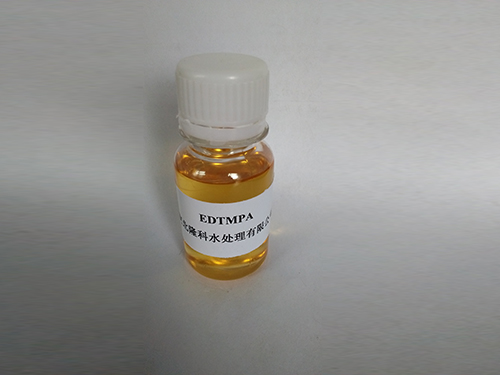water coagulation and flocculation
Water Coagulation and Flocculation
Water purity is essential for human health, environmental sustainability, and industrial processes. Among the various water treatment processes, coagulation and flocculation are critical steps used to remove suspended solids, colloids, and other impurities from water. These techniques work synergistically to enhance the quality of drinking water, wastewater, and water used in various industrial applications.
Water Coagulation and Flocculation
Once coagulation has occurred, the next step is flocculation. In this stage, the small aggregates formed through coagulation are further combined into larger clumps known as flocs. This is typically achieved through gentle mixing, which encourages the particles to collide and stick together. The flocculation process is crucial because larger flocs are easier to remove during the subsequent sedimentation or filtration phases. The mixing intensity and duration are critical parameters that influence the effectiveness of floc formation.
water coagulation and flocculation

Following flocculation, the water is subjected to sedimentation, where the gravitational forces allow the larger flocs to settle to the bottom of the treatment tank. The settled flocs, containing the trapped impurities, form a sludge that can be removed and disposed of. The clarified water that remains can then undergo additional treatments, such as filtration and disinfection, before it is deemed safe for consumption or discharge.
The effectiveness of coagulation and flocculation is influenced by several factors, including water temperature, pH, and the presence of specific contaminants. Operators must continuously monitor these parameters to optimize the treatment process. Additionally, advancements in technology have introduced innovative coagulants, such as bio-based materials and synthetic polymers, which may offer improved performance and reduced environmental impact.
In conclusion, coagulation and flocculation are vital processes in water treatment that help ensure clean water is available for consumption and use. By aggregating and removing impurities, these methods contribute significantly to public health and environmental protection. As water resources become increasingly stressed, ongoing research and innovation in coagulation and flocculation technologies will be essential to meet the growing demand for clean water and to address the challenges posed by pollution and climate change.
-
Understanding Polycarboxylic Acids: Properties, Applications, and Future PotentialNewsJul.28,2025
-
Scale Inhibitor Explained: How to Protect Your System from Limescale and Hard Water DamageNewsJul.28,2025
-
Scale and Corrosion Inhibitors: Essential Chemicals for Industrial Water System ProtectionNewsJul.28,2025
-
Polyaspartic Acid: A Biodegradable Polymer for Sustainable ChemistryNewsJul.28,2025
-
Isothiazolinones: A Versatile Antimicrobial Class with Industrial Power and Regulatory ChallengesNewsJul.28,2025
-
A Deep Dive into 2-Phosphonobutane-1,2,4-Tricarboxylic Acid (PBTC)NewsJul.28,2025





